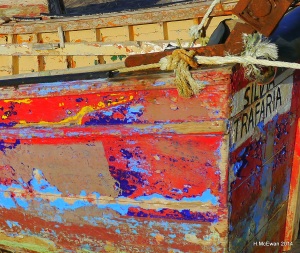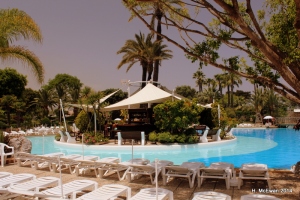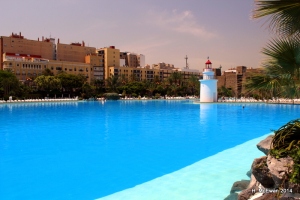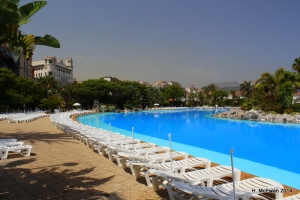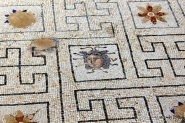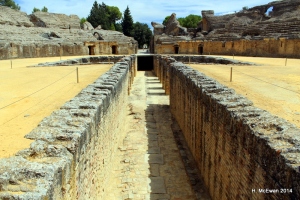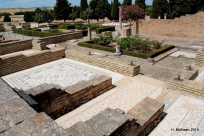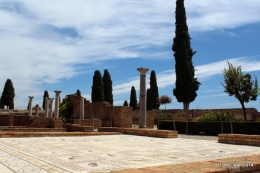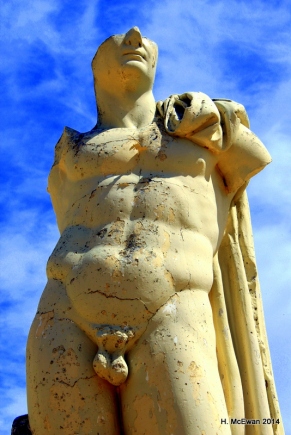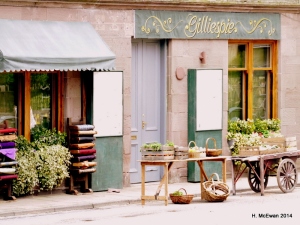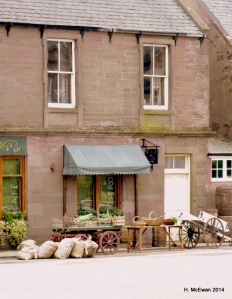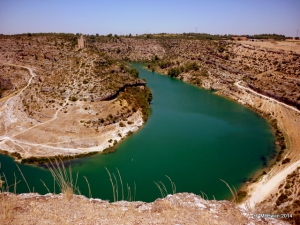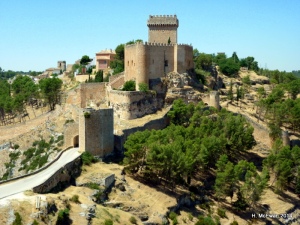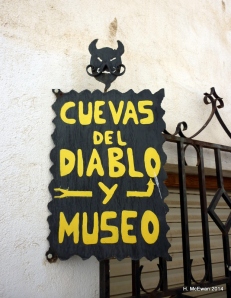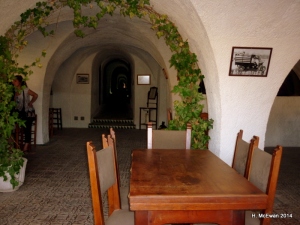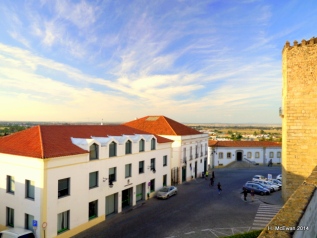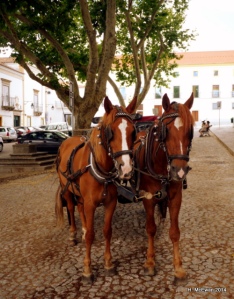I haven’t voted at all since 1992. Never. Not once. The polling station near our house is my old school, and I had such a dreadful time there that I vowed never to darken its doors again. And I never have (if that’s proper English).
Last year the council decided to knock it down and build a new school. I was gutted that my offer to the demolition company of £100 to press the button was knocked back on health and safety grounds. However I digress, as is my way. This leaves me with a fresh page, a clean slate of political history ready to sully this year, and by coincidence it’s Scottish referendum year.
Now it’s not often individuals are asked specific questions, and usually they are of little consequence. Well it remains to be seen if this question justifies the cost, time and jingoism; there were perhaps more pressing solutions required to other problems. Hey ho, it is what it is. But how to decide?
In this particular Scottish debate, the swift retreat to cultural memes and stereotypes is horrifyingly locked somewhere in the 1930s. Though I suspect ‘memes’ were not the ‘bon mot’ of the time! Separatists chide any one voting ‘No’ as ‘Fearties’, ‘Unpatriotic’ on so on. All good playground fodder. Well it would be if it didn’t seem to be orchestrated almost malevolently, by The Man. Stereotypes, indeed, are good cognitive short cuts, useful in information processing in short term behavioural function. They aren’t really useful to denigrate individuals for their voting viewpoints. But this seems to have happened on a number of occasions when business leaders break cover and assert their intentions. This type of slightly sinister behaviour has been consistently unilateral. I don’t do sinister, or bullying.
And the big questions? Well no one has heard any answers really. Milk and honey, or the status quo? And that’s your lot. We’re going to need one helluva dairy and a shitload of (probably immigrant) bees to furnish the former. So the latter seems to make scientific sense, at least.
Science, anti-bullying, reasoned, sorted. I gonna stick it to ‘The Man’ with a ‘No’.
